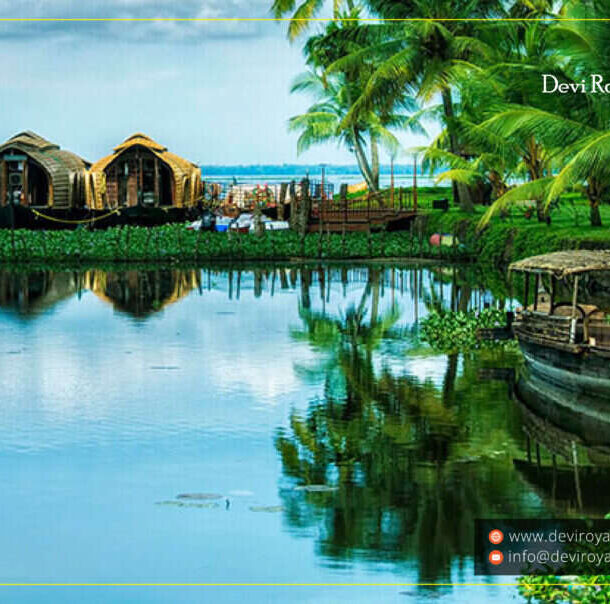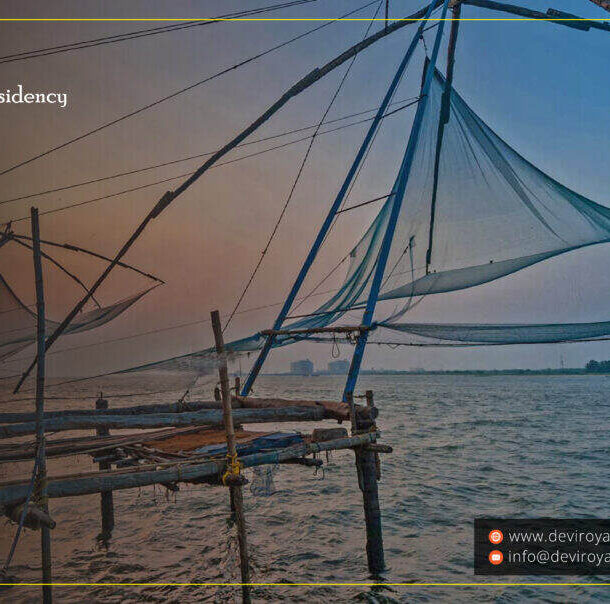
- Accommodations
- Rooms in Alappuzha!
- Best Hotels in Alappuzha!
- Best Hotels in Cherthala
- Book Cherthala Hotel Rooms
- @Homestay Alleppey
- Hotels Near Alleppey Backwaters
- Accommodations Near Alleppey Backwaters
- Luxury Lodges in Alleppey: High-End Hotels for a Premium Experience
- Best Budget Stays in Alleppey: Affordable Vacation Rentals
- About The Hotel
- Blog
- News
- WebStories
- Contact
- Booking
- Accommodations
- Rooms in Alappuzha!
- Best Hotels in Alappuzha!
- Best Hotels in Cherthala
- Book Cherthala Hotel Rooms
- @Homestay Alleppey
- Hotels Near Alleppey Backwaters
- Accommodations Near Alleppey Backwaters
- Luxury Lodges in Alleppey: High-End Hotels for a Premium Experience
- Best Budget Stays in Alleppey: Affordable Vacation Rentals
- About The Hotel
- Blog
- News
- WebStories
- Contact
- Booking

- Accommodations
- Rooms in Alappuzha!
- Best Hotels in Alappuzha!
- Best Hotels in Cherthala
- Book Cherthala Hotel Rooms
- @Homestay Alleppey
- Hotels Near Alleppey Backwaters
- Accommodations Near Alleppey Backwaters
- Luxury Lodges in Alleppey: High-End Hotels for a Premium Experience
- Best Budget Stays in Alleppey: Affordable Vacation Rentals
- About The Hotel
- Blog
- News
- WebStories
- Contact
- Booking
Understanding The History of Alappuzha (Alleppey)
The rice bowl of Kerala, Kuttanad, with its small streams, canals, paddy fields, and lush green coconut palms, was popular even from the early periods of the Sangam age. According to history, Alappuzha had trade relations with Rome and Greece in the Middle Ages.
The early Cheras, who had settled in Kuttanad, were known as `Kuttuvans`, named so after this place. The two famous expositors: Pliny and Ptolemy of the 1st and 2nd centuries had also mentioned places like Barace or Purakkad in their classical works.
Popular literary works like “Unnuneeli Sandesam” help in providing some insight into the ancient period of this district. Archaeological antiquities, like the historical monuments found in the temples, rock-cut caves, stone inscriptions, and churches, also emphasise on the historic importance of Alappuzha District. Even from the 1st century AD Christianity had a foothold in this district. The church that is located at Kokkamangalam was one among the seven churches that was founded by St. Thomas, one among the twelve disciples of Jesus Christ. It is often believed that he landed at Maliankara in Muziris Port, currently known as Kodungallur or Cranganore, in 52 AD and started preaching Christianity in South India.
Under the second Chera Empire during the 9th to 12th centuries AD, the district flourished in culture and religion. The literary work, `Ascharya Choodamani` which is a Sanskrit drama that was written by Sakthibhadran, a scholar of Chengannur, helps us to know and understand many pertinent facts. Further, the temple of Lord Ayyappan situated in Mukkal vattam near Muhamma in Alappuzha District, is known as Cheerappanchira, for the Kalari from which Lord Ayyappa has learnt or obtained his martial art skills. A recent album titled ‘Sabarimalai Va Charanam Solli Va’, by P. Unni Krishnan on Lord Ayyappa, has songs that illustrate the history of this temple and Lord Ayyappa’s stay here before he headed to conquer the Mahishi Demon.
After landing in Calicut in 1498, the Portuguese began playing an influential role in Alappuzha. They started to spread Catholicism and converted already existing Christians into Catholics. The very popular and loved St. Andrew’s Basilica was also built by them during this period. In the 17th century, as the Portuguese power started to decline, the Dutch began to gain a predominant position in the principalities of this district. They started building many warehouses and factories for storing ginger and pepper, relying on several treaties signed between the Dutch and Kayamkulam, the Rajas of Purakkad, and Karappuram. In this course of time they also delved into the cultural and political affairs of the district. Between 1706–1758, Maharaja Marthanda Varma who was the ‘Maker of modern Travancore’, began to intervene in the political affairs of those princedoms.
Travancore Dewan Ramayyan Dalawa (d.1756) was residing in Mavelikkara where he also had a palace built by Marthanda Varma. Ramayyan consorted with a Nair lady from Mavelikkara of the Edassery family, after the death of his wife. After his death Ramayyan’s descendants left Travancore and began to settle in Pudukkottai in Tamil Nadu. His Nair consort was given special allowances, gifts and presents from the Travancore government to recognise his services to the state while his own descendants were bestowed with the honorific title of ‘Dalawa’.
During the 19th century the district started seeing progress in many different spheres. One of the five subordinate courts that had been opened in the state by Colonel George Monro in connection with the reorganisation of the judicial system was located at Mavelikkara. The first telegraph office and first post office in the former Travancore state were also established in this district. In 1859, the first manufacturing factory for the coir mats was established. In 1894, the city Improvement Committee was set up.
The district has also played a major role in the freedom struggle of the country. The struggles of Vayalar and Punnapra in 1946 arrayed the people against Sir C. P. Ramaswami Iyer, who was also Dewan of Travancore at the time. This ultimately led to Ramaswami Iyer’s exit from the political scene of Travancore. After India’s independence, a popular Ministry was formed in Travancore on 24 March 1948. Cochin states and Travancore were integrated on 1 July 1949. This arrangement continued under the States Reorganisation Act 1956 until the formation of Kerala State on 1 November 1956. On 1 August 1957, the district came into existence as a separate administrative unit.
If you’re planning a trip to Kuttanad, and Alleppey as a whole, you must plan your stay at Kanichukulangara. Also, you could plan your stay just beside the Kanichukulangara Devi Temple, if you have a reason to participate in some rituals at the temple. Please choose Devi Royal Residency at Kanichukulangara for your stay.
Check out Devi Royal Residency’s comfortable, premium, and luxurious accommodations; they are made keeping an entire family’s comfort in mind, and the place is truly devoted to serving tourists and so also the devotees visiting the temple. Rooms with furnishing, ample space, and also a mini kitchen to cook your own food while you are on an extended stay, awaits you on your next visit to Kerala – “Gods Own Country”
We look forward to your visit, feel free to reach us at (0478 2862177) if you have any queries or requests that we can help you with.


